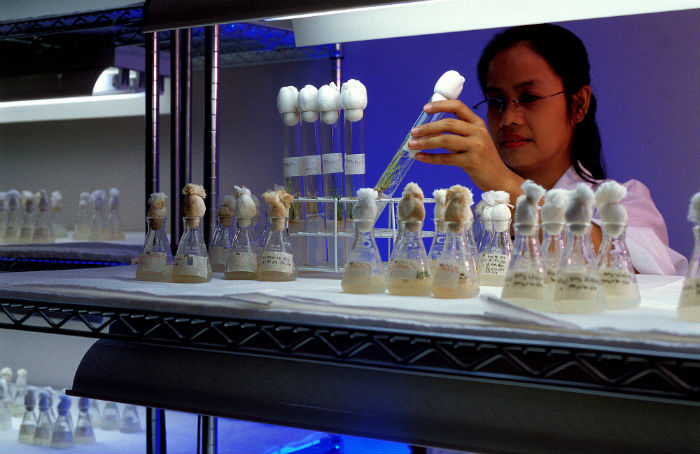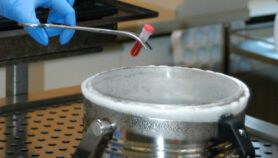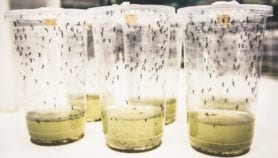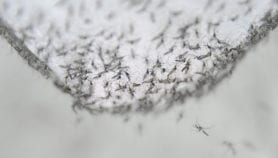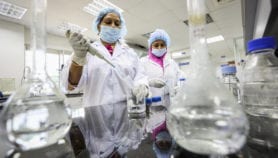By: Barbara Axt
Send to a friend
The details you provide on this page will not be used to send unsolicited email, and will not be sold to a 3rd party. See privacy policy.
Scientists in developing countries should look for inspiration in their unique environments instead of trying to replicate European and US methods, a meeting at the United Kingdom’s Royal Society has heard.
George Whitesides, a chemistry professor at Harvard University in the United States, told the London meeting on 27 May that systems and structures in nature can be starting points for technological innovations that are both efficient and useful. Whitesides said that his own work on soft robotics was inspired by observing octopus and other invertebrates, and that developing countries have access to a wealth of similar sources of innovation.
“The developing world is not far behind — and may even be further ahead in dealing with some problems.”
George Whitesides, Harvard University
“There's very little bio-inspired research done on marsupials, the ecosystems of the Pacific or snow animals, for example,” he says. “People who live in different parts of the world see different things. So the developing world is not far behind — and may even be further ahead in dealing with some problems.”
The Royal Society, a science membership body, published a series of articles on what is called “bioinspiration” — the process of looking at nature for solutions to technical problems — in Interface Focus this month. According to these papers, this applied way of doing research, already popular in developing countries, is ideal for under-funded institutions as it requires fewer resources but offers quick answers to problems that can be solved by technology and engineering.
The papers mention, for example, the invention of climbing robots with sticky limbs that were developed from observing geckos, and the creation of materials with strong frictional properties by mimicking natural fibres.
Whitesides said that bioinspiration could help developing countries find their own model of doing science rather than continuing their struggle to catch up with Europe and the United States by imitating the science going on in there.
Yuru Deng, a researcher at the Institute of Biomedical Engineering and Health Studies at Changzhou University, China, agreed with Whitesides. She said that observing how organisms interact with their environment would give researchers a more practical approach to science that is often lacking in rich countries.
“This is an important mind-set in any endeavour, especially in developing countries,” she said. “You work with what you have. You understand the environment you are in and make the best you can."
However, some researchers are sceptical about the ability of bioinspired research to solve problems easily. Fernando von Zuben, the coordinator of the bioinspired computing laboratory at the University of Campinas in Sao Paulo, Brazil, says that observing nature closely can still require highly technical gadgets and be a drain on resources, making it less suitable for poorer countries.
“For example, to use the movement of birds as an inspiration, all I have to do is look out the window,” he says. “But to be inspired by nanoscale microtubes inside cells, I need much more sophisticated and expensive equipment.”


